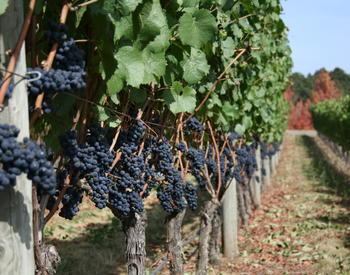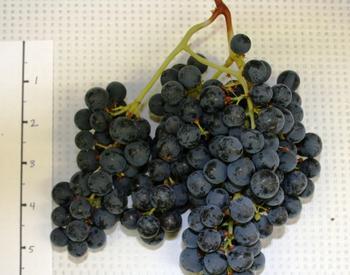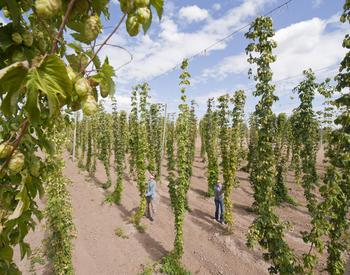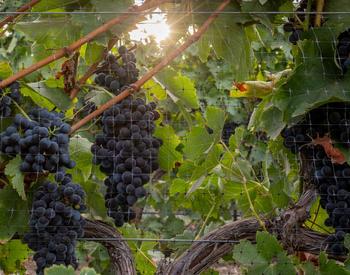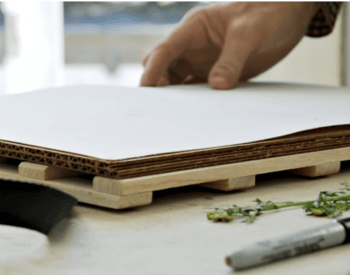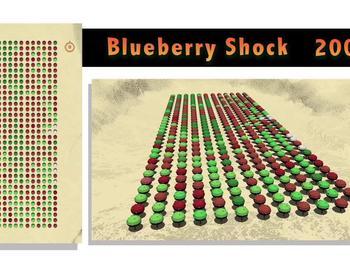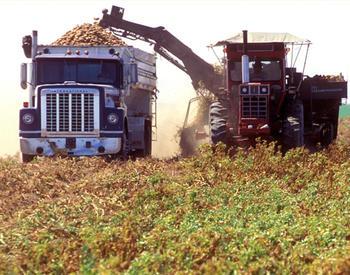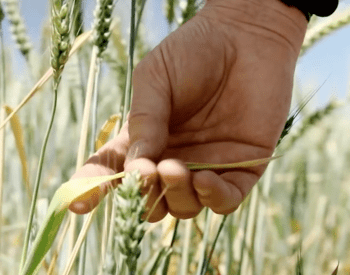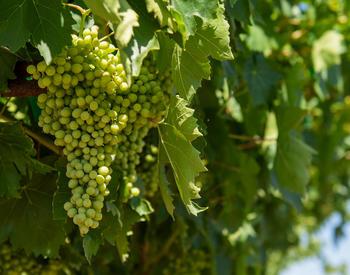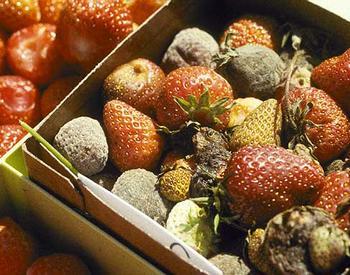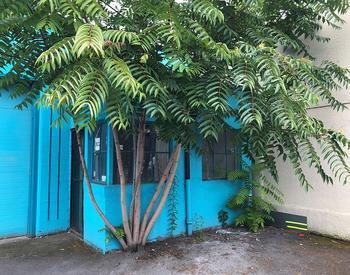What is Botrytis bunch rot?
Fungal pathogen: Botrytis cinerea
Botrytis bunch rot is the most common fruit rot for wine grape vineyards in Oregon and the Pacific Northwest. Infection can occur as early as bloom but may not be visible until ripening begins, especially with rain events.
Preventing Botrytis in the vineyard
Good canopy management practices are critical to preventing Botrytis bunch rot. These practices allow airflow and fungicide sprays to penetrate the canopy and ensure good coverage of the inflorescence or fruit cluster to prevent disease. It is best that these canopy management practices starting early in the growing season with proper shoot thinning, avoiding overly dense canopies. A good target is 3-4 shoots/linear foot of canopy for single canopy training systems.
These canopy practices must be appropriately timed during vine growth and should be used in vineyards with moderate to high vegetative vigor where the canopy is dense and covers the fruit.
One of the most effective canopy management practices is cluster zone leaf removal on the morning-sun side of the canopy in moderate to high vegetative vigor vineyards. Timing of leaf removal should occur as early as fruit set. The earlier in the growing season it is conducted, the earlier the small developing berries can acclimate and gain maximum benefit, particularly in cool climate production regions of western Oregon and Washington. Leaf removal should be conducted on vines where you cannot see the clusters and should be done any time from bloom to just after fruit set.
Do not leaf pull after berries have grown bigger than pea size. Do not wait until veraison (start of ripening) to pull leaves, as late-season leaf removal can lead to sun/heat burn of fruit if high temperatures occur.
Recently, winemakers have asked vineyard managers to reduce the amount of leaf removal or to conduct it later in the season out of fear of overexposure in recent warm seasons. However, various research trials conducted in Oregon show that typical leaf removal (about 50% leaves removed) and up to 100% of cluster zone leaf removal conducted from bloom to pea-size berries does not result in sun/heat burn of fruit, even in warm, dry seasons. This research has also shown that early leaf removal can increase the color (anthocyanins) and aroma compounds of Pinot noir (Lee & Skinkis 2013, Feng et al. 2015).
Note: If you have weak or small vines without much canopy density, clusters are typically visible, and leaf removal is not necessary.
The second step in prevention is the use of well-timed fungicide applications, targeting fungicide applications to the cluster zone at bloom and just before bunch closure (berry touch). Fungicides may also need to be applied before rain events post-veraison (during ripening) to prevent conditions that may lead to the fungal infections and the start of rot.
Details on the timing of fungicide applications and products are available in the Pest Management Guide for Wine Grapes in Oregon, EM 8413. This guide has a table that shows anticipated Botrytis infection risk based on air temperature and hours of berry wetness.
What to do once a vineyard has infected fruit
If you find botrytis bunch rot late in the season, assess the level of infection to determine your next step.
Most wineries have low or no tolerance for Botrytis in harvested fruit, so you may need to remove that fruit from the vine before harvest. It is possible to remove infected clusters at the winery if they have a sorting line, but having visible Botrytis in bins received by the winery may reduce the amount that they pay for your fruit.
If you remove the fruit from the vines in the vineyard, drop it to the vineyard floor. There is no need to discard of all fruit outside of the vineyard. The goal is to cull fruit in the field before harvest and prevent any further infections. Botrytis is everywhere in the environment, so it is not possible to completely eradicate spores from a location.
Some methods can be used in the winery to deal with Botrytis-infected fruit. See Dealing with damaged fruit in the winery for more details.
Further reading
For further information on Botrytis bunch rot, see the following resources:
Use pesticides safely!
- Wear protective clothing and safety devices as recommended on the label. Bathe or shower after each use.
- Read the pesticide label—even if you’ve used the pesticide before. Follow closely the instructions on the label (and any other directions you have).
- Be cautious when you apply pesticides. Know your legal responsibility as a pesticide applicator. You may be liable for injury or damage resulting from pesticide use.
